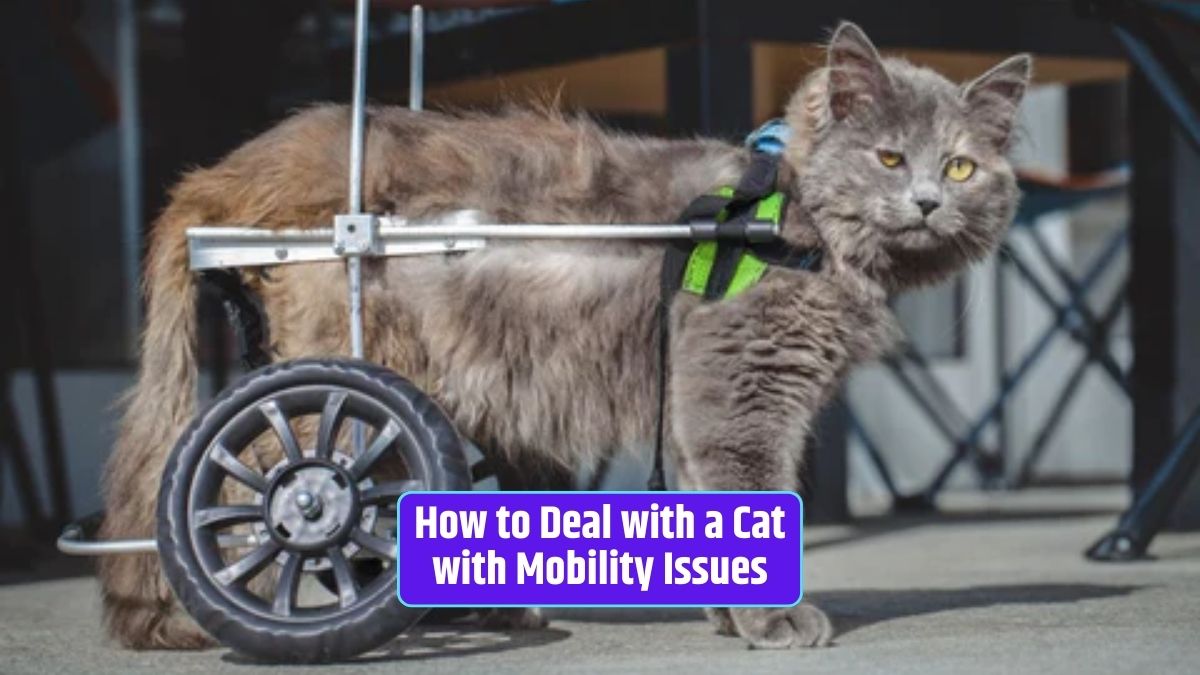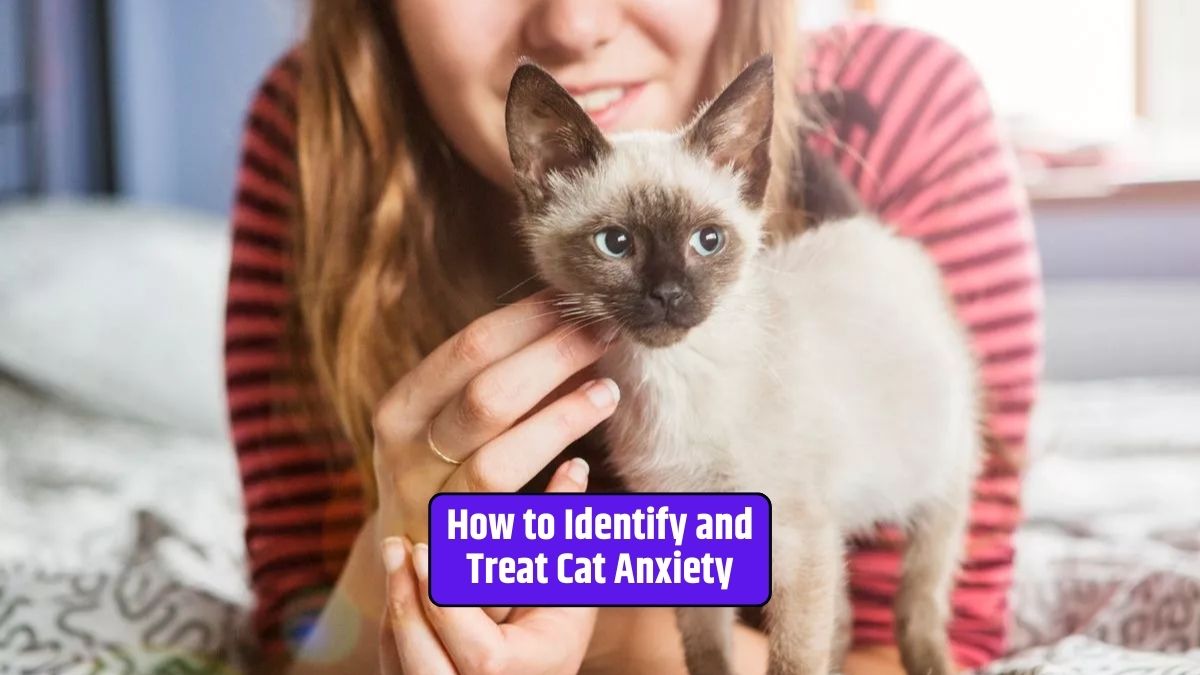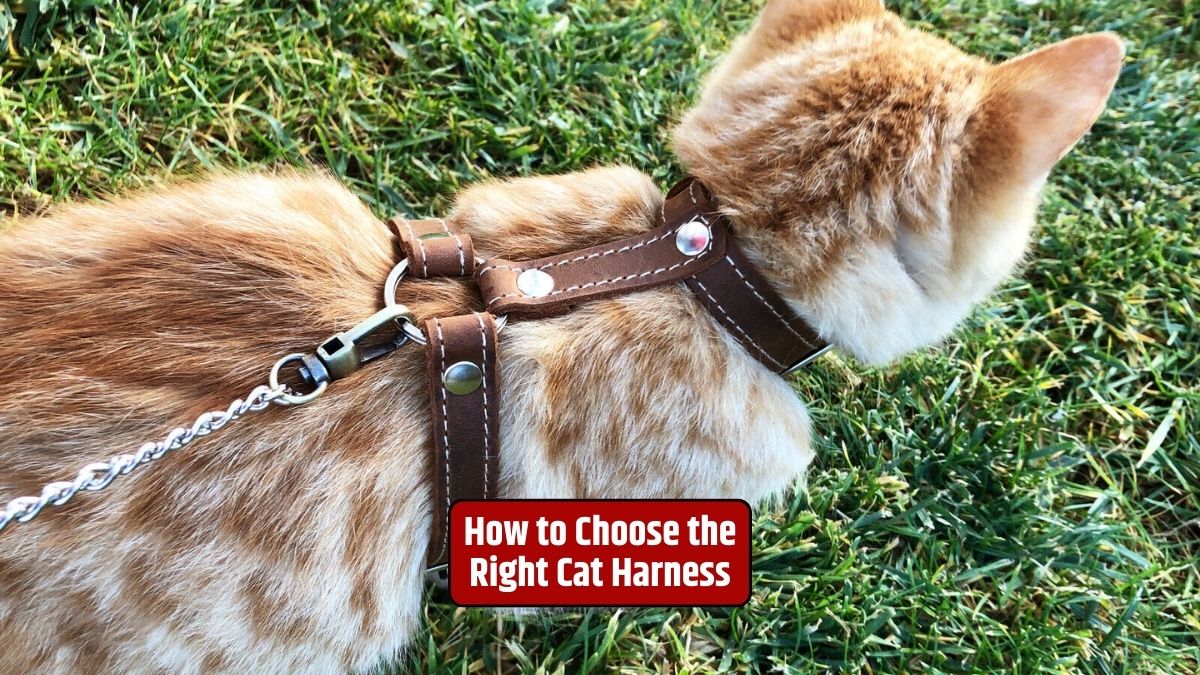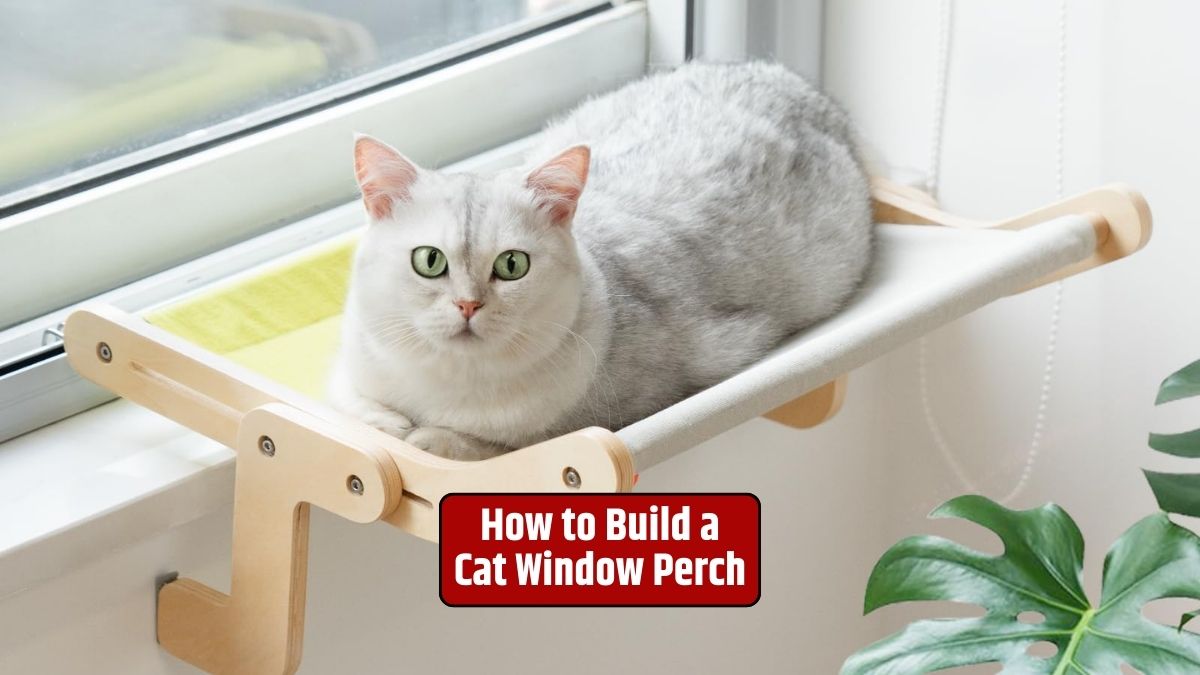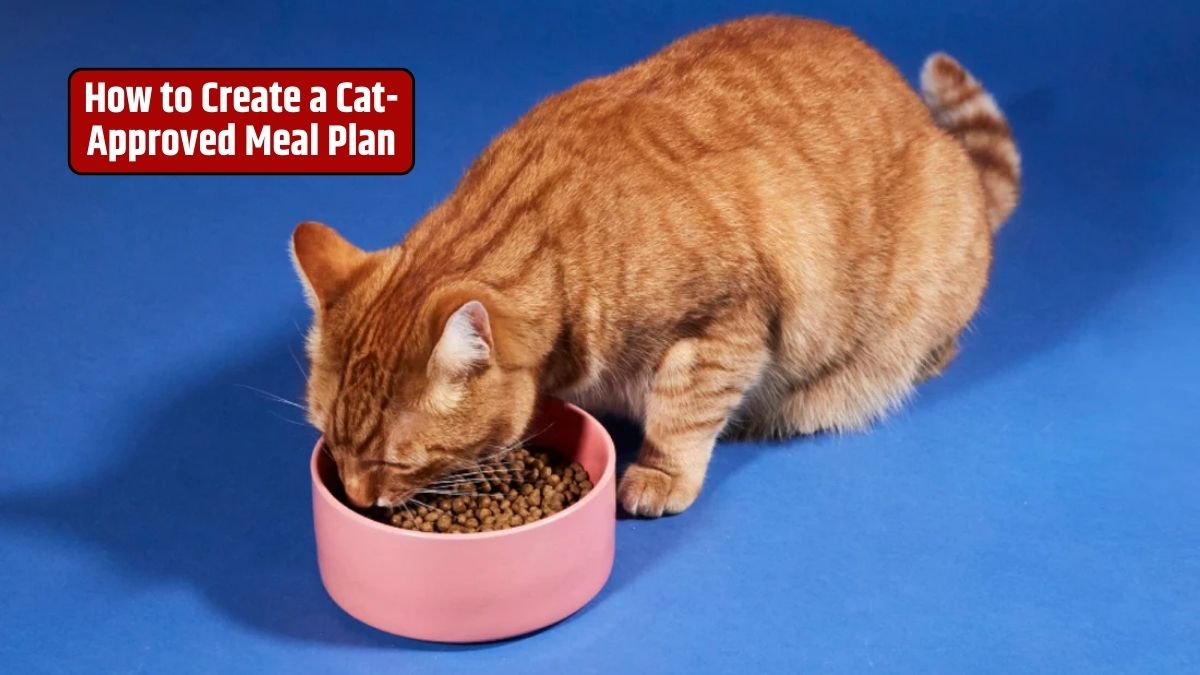Cats are agile and graceful creatures, known for their ability to leap, climb, and explore with ease. However, as cats age or face certain health challenges, they may develop mobility issues that can be concerning for both the feline and their owner.
In this article, we will explore the various causes of cat mobility issues and provide practical tips on how to help your beloved feline companion maintain a good quality of life.
- 1 Mobility Issues
- 2 How to Assist
- 3 Conclusion
- 4 FAQs
- 4.1 Can cats with mobility issues still lead a happy life?
- 4.2 Is there a specific age when cats are more prone to mobility issues?
- 4.3 What can I do to make my home more accessible for a cat with mobility issues?
- 4.4 Are there any specific exercises I can do to help my cat with mobility issues?
- 4.5 Are there any breeds more prone to mobility issues?
Mobility Issues
Causes
Mobility issues in cats can have various underlying causes, including:
- Arthritis: Arthritis is a common condition in aging cats. It leads to joint pain and stiffness, making it challenging for them to move comfortably.
- Injuries: Cats can experience injuries, such as fractures or muscle strains, which can affect their mobility.
- Obesity: Excess weight puts additional strain on a cat’s joints and can lead to mobility problems.
- Neurological Disorders: Conditions like spinal cord issues or neuropathy can impact a cat’s ability to walk and control their movements.
- Age: Like humans, cats may experience a natural decline in mobility as they age.
Signs
To help a cat with mobility issues, it’s essential to recognize the signs, which may include:
- Limping or Favoring a Leg: A cat may limp or avoid using a particular leg.
- Difficulty Jumping: Cats with mobility issues often struggle to jump onto furniture or countertops.
- Slowness: They may move more slowly or cautiously.
- Changes in Grooming: Mobility problems can affect a cat’s ability to groom properly, leading to a messy coat.
- Changes in Behavior: Some cats become more irritable or withdrawn when they’re in pain.
How to Assist
Veterinarian
If you suspect your cat has mobility issues, the first step is to consult a veterinarian. They can diagnose the underlying cause and recommend appropriate treatments.
Comfortable Environment
- Orthopedic Beds: Invest in an orthopedic bed to provide your cat with a comfortable resting place that supports their joints.
- Ramps and Steps: If your cat struggles with climbing, provide ramps or steps to help them access their favorite spots.
Manage Weight
If obesity is a contributing factor, work with your vet to create a weight management plan. A healthy weight can alleviate stress on joints.
Medication and Supplements
For conditions like arthritis, your vet may prescribe pain medications or recommend joint supplements to improve mobility.
Physical Therapy
Physical therapy or exercises prescribed by your veterinarian can help maintain or improve your cat’s mobility.
Assistive Devices
In some cases, your vet might suggest assistive devices like wheelchairs to help your cat move around more comfortably.
Loving Support
Offer your cat extra love and attention. Be patient and understanding, as they may require more time and assistance for daily activities.
Conclusion
Cats with mobility issues can still enjoy a good quality of life with the right care and support. If your cat is experiencing mobility problems, consult a veterinarian to identify the cause and develop a tailored plan for their needs.
With the proper assistance and a loving home environment, your feline friend can continue to thrive.
FAQs
Can cats with mobility issues still lead a happy life?
Yes, with the right care, cats with mobility issues can lead happy and fulfilling lives.
Is there a specific age when cats are more prone to mobility issues?
Mobility issues can develop at any age but are more common in older cats.
What can I do to make my home more accessible for a cat with mobility issues?
Providing ramps, steps, and comfortable resting spots can make your home more accessible for a cat with mobility challenges.
Are there any specific exercises I can do to help my cat with mobility issues?
Your vet can recommend exercises and physical therapy tailored to your cat’s needs.
Are there any breeds more prone to mobility issues?
While any cat can develop mobility issues, some breeds, like Maine Coons, are more prone to certain conditions.
